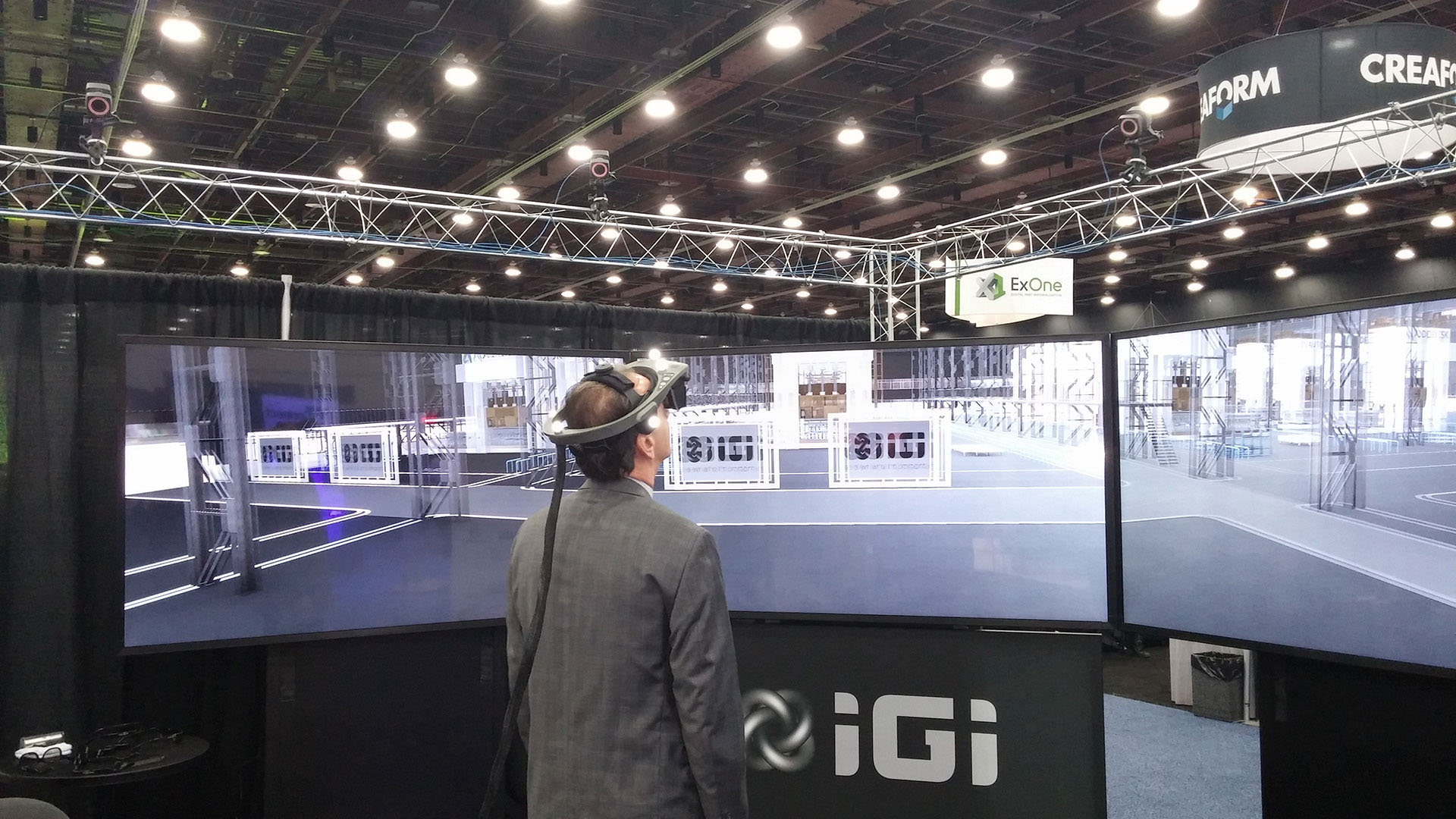

Motion tracking continues to gain popularity due to its versatility and growing commercial appeal. From the entertainment industry to the automotive industry, motion tracking is opening new ways to interact with data and has become an asset many companies can’t afford to ignore.
Motion tracking bridges the gap between user and technology — making complex digital tasks as easy as simple human movement. But how does motion tracking work? And, which workflows benefit the most from the ever-evolving technology?
There are several methods of tracking motion. The most popular of which is optical tracking. Optical systems acquire data by capturing imagery of markers placed on a subject or any objects that will be tracked. Markers are small objects that typically reflect (passive) or transmit (active) infrared or visible light that is captured by multiple cameras. The data from multiple cameras can be used to compute the 3D position of the markers and provide the subject or object’s position and orientation in 3D space.
There are several other motion tracking methods including inertial, magnetic, acoustical, and additional optical techniques. Picking the right tracking system relies on many factors including the environment you will be tracking in, workflow, and cost.
The most well-known application for this technology is motion capture. For the purposes of TV, films, and video games, tracking systems record human models and then transpose movement onto computer-generated images. This is a popular method of capturing CGI footage and its utility has increased over the years as technology continues to become more sophisticated.
Manufacturing companies have adopted tracking technology for two primary reasons:
There is a lot of variety when it comes to motion tracking hardware, and determining the right option comes down to your organization’s needs.
In some cases, motion tracking can be easily integrated with existing visualization technology such as a PowerWall. This allows for simple actions such as menu navigation.
In instances which require more interactivity, motion tracking can be paired with virtual reality hardware. A virtual Reality (VR) head mounted display (HMD) can be augmented with motion tracking technology to allow simple interactive actions. For an even more immersive format, your organization might benefit from a CAVE system — a multi-sided environment which projects high-resolution content on all sides.
There are several applications for motion tracking and virtual reality, including: reviewing vehicle ergonomics with greater precision, including multiple users within a virtual environment, and lowering risk for training new employees.
With so many motion tracking options on the market, and countless permutations of hardware, it’s easy to become overwhelmed. Contact IGI for information on motion tracking technology, VR and other audio visual technologies. Our industry experts will perform a comprehensive needs assessment to determine the perfect configuration for your organization.
Immersion Graphics, Inc. (IGI) provides audio visual design, engineering, consulting, product sales, control system programming, custom fabrication, installation, preventative maintenance, and extended support services out of its headquarters location in Detroit and west coast operation in Los Angeles. Additional offices are located in Indianapolis, Cincinnati, and Grand Rapids.
Founded in 1998, IGI has installed numerous large-scale, ultra-high resolution systems throughout the U.S. in the automotive, higher education, medical, financial, and energy transmission markets, and for the United States military and other government agencies. Applications include industrial design, engineering and data visualization, mission-critical command & control room environments, presentation systems, video conferencing, digital signage, and a variety of commercial AV solutions for emerging markets where the simultaneous visualization of 3D models and complex data by a group is essential to effective decision making. To get an in depth look at what we do, see our website at www.werigi.com, we are IGI.
IGI is minority owned, veteran owned, and a small business and SBA 8(a) program graduate.